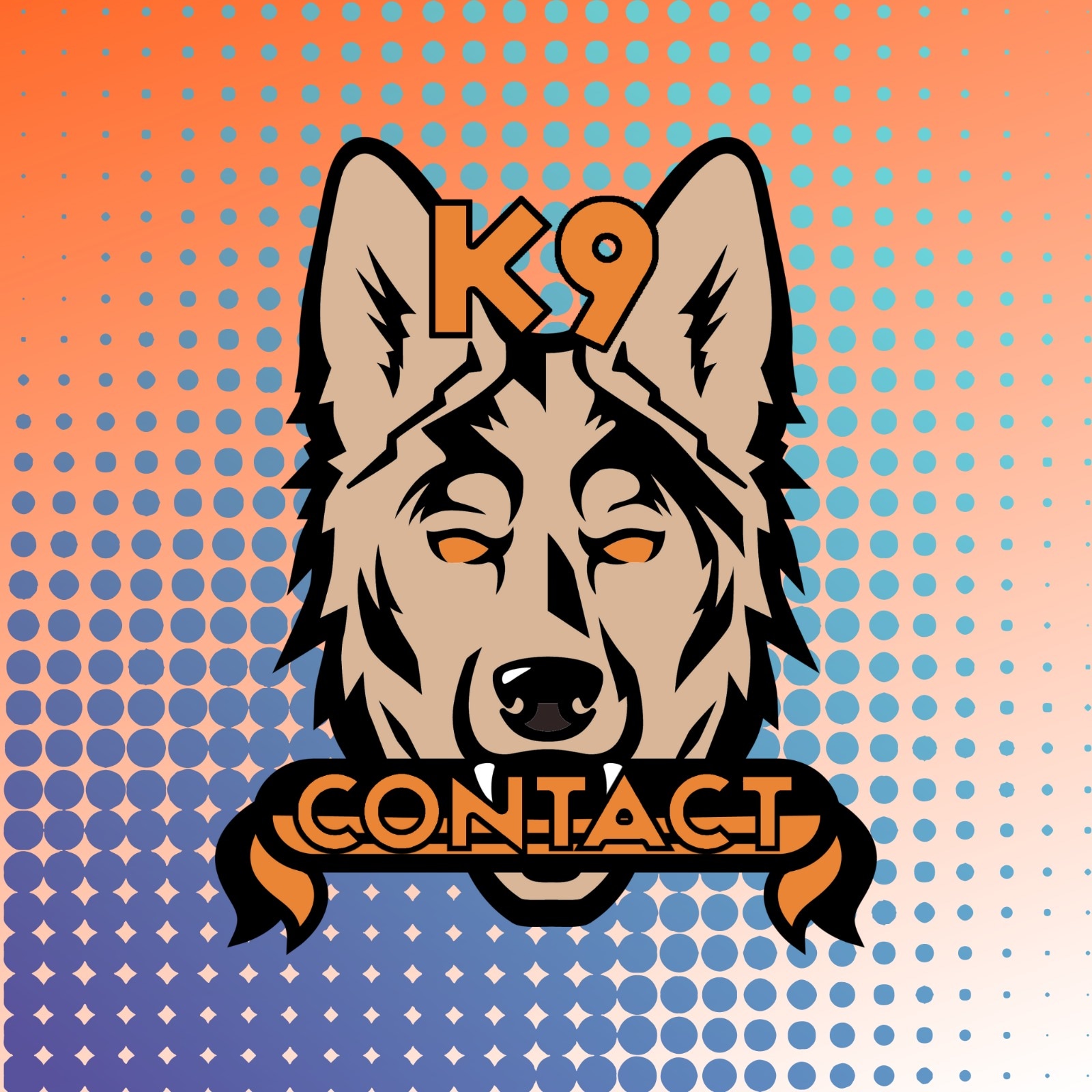Training Picture
- Aaron O'Brien
- Jan 14
- 2 min read
I had hid the soft toy that the dog was to find out in the long grass, beside some bushes and next to the old wall. "Seek" and off he went, straight into the grass...and then the wrong direction. He stopped by log and smelt that. Then rushed off to look over the wall. It took seven minutes to find that dummy"
The scene presented to the dog while training, and their awareness of each element of it.
In the most fundamental terms, dogs (like humans) learn through association. We train our dogs by drawing their attention to 'Thing A', and then by some cause and effect, associate it to 'Thing B'. In order to effectively train our dog, we need them to be consciously making decisions about those particular things (objects, experiences, noises, sights, smells etc.). And we need them to ignore other irrelevant things, which they might otherwise believe are associated. This is why we consider the Training Picture.
Furthermore, when a dog has picked up a new trained behaviour, and we want to deepen their understanding of it, we will need to rehearse it. To do so, we might want to introduce further distractions and conditions gradually, to avoid overwhelming or confusing them. An appreciation of Training Picture helps us here.
And in retrospect, were a dog is demonstrating a learned behaviour which we are trying to understand, we may ask ourselves "what was the training picture in which the dog learnt the behaviour?". For example, a dog may happily be driven in a car, but not a van, because when when they learnt the behaviour of riding in a vehicle it always was in a car.
Things to consider when establishing or reviewing your training picture:
Run through the dogs senses and the weight they give to them. It will be difficult to train agility in a field with lots of interesting smells.
Has the picture got too much going on, and your dog's attention keeps wandering?
Is there not enough going on, and your dogs attention keeps wandering?
The goal is to make the most attention grabbing parts of the training picture, the bits your want them to pay attention to. If you want to lure them, put food in your hand, or pat your side, or make interesting movements.
Are there novel elements in the picture, that the dog is uncertain or very curious about. Choose familiar locations.
Always consider the 3 D's of difficulty, and the ability of your dog for those specific elements.
Don't try to get it perfect, as this will require excessive effort from both you and your dog. You don't want to have to setup a clinically clean picture for every possible element.





Comments